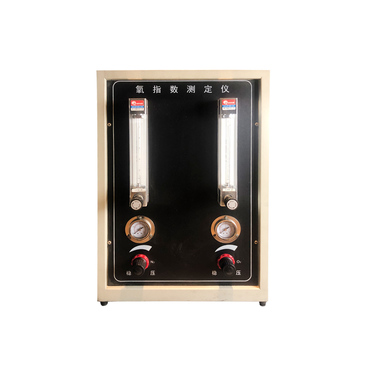UV-Light Irradiation Cross-Linked Cable Equipment
The Role of UV Light Irradiation in Cross-Linking Cable Equipment
In the realms of electrical engineering and materials science, cross-linking plays a critical role in enhancing the durability and performance of cable insulation. Among various methods available for achieving cross-linked structures, UV light irradiation has emerged as a notable technique. This article delves into the process of UV light irradiation cross-linking, its applications, benefits, and the future of cable equipment.
Understanding Cross-Linking
Cross-linking refers to the process where polymer chains are interconnected to form a three-dimensional network. This transformation enhances the physical and chemical properties of materials, making them more resilient to environmental stressors. In the context of cable insulation, cross-linked polyethylene (XLPE) is a common material used due to its excellent electrical properties and thermal resistance.
The Mechanism of UV Light Irradiation
UV light irradiation involves exposing polymer materials to ultraviolet radiation, causing a photochemical reaction that initiates cross-linking. The UV light interacts with certain chemical compounds or additives present in the polymer, generating free radicals. These free radicals then react with neighboring polymer chains, leading to their interconnection. One of the key advantages of this method is its efficiency and ability to take place at ambient temperatures, reducing the energy and material costs associated with traditional thermal cross-linking processes.
Applications in Cable Equipment
The application of UV light irradiation in cable equipment is manifold. It is especially beneficial in manufacturing high-performance cables used in telecommunications, power distribution, and renewable energy systems. Cables subjected to UV irradiation exhibit improved electrical insulation, enhanced thermal stability, and higher resistance to chemicals and moisture—essential factors for cables that operate in harsh environmental conditions.
Additionally, UV cross-linked cables demonstrate superior mechanical properties, including increased tensile strength and flexibility, which are crucial for applications that demand durability over extended periods. For instance, those used in outdoor installations or underground environments benefit greatly from the robustness offered by UV cross-linking.
uv-light irradiation cross-linked cable equipment

Benefits of Using UV Light Irradiation
The adoption of UV light irradiation cross-linking technology brings several key benefits
1. Environmental Friendliness Compared to traditional cross-linking methods that may rely on harmful chemicals or excessive heat, UV irradiation is a cleaner process, aligning better with sustainability initiatives.
2. Cost-Effectiveness By reducing the energy consumption typically required in thermal processes, manufacturers can lower production costs while maintaining high-quality outputs.
3. Time Efficiency The rapid processing characteristic of UV light irradiation allows for quicker manufacturing cycles, thus enhancing production efficiency and responsiveness to market demands.
4. Enhanced Performance As highlighted, cross-linked cables offer superior mechanical and thermal properties that extend their life and improve safety, particularly for critical applications.
Future Perspectives
As the demand for more efficient and robust cable systems grows, particularly with the rise of electric vehicles and smart grids, the role of UV light irradiation in cross-linking technology is poised to expand. Ongoing research aims to optimize UV cross-linking processes further, improving reliability while preserving environmental integrity.
In conclusion, UV light irradiation provides a promising solution for enhancing cable equipment through effective cross-linking. Its benefits not only enhance the performance of cables but also align with the industry’s growing focus on sustainable practices. As technology advances, we can anticipate even more innovative applications of this method in the future.
-
Why the Conductor Resistance Constant Temperature Measurement Machine Redefines Precision
NewsJun.20,2025
-
Reliable Testing Starts Here: Why the High Insulation Resistance Measuring Instrument Is a Must-Have
NewsJun.20,2025
-
Flexible Cable Flexing Test Equipment: The Precision Standard for Cable Durability and Performance Testing
NewsJun.20,2025
-
Digital Measurement Projector: Precision Visualization for Modern Manufacturing
NewsJun.20,2025
-
Computer Control Electronic Tensile Tester: Precision and Power for the Modern Metal Industry
NewsJun.20,2025
-
Cable Spark Tester: Your Ultimate Insulation Assurance for Wire and Cable Testing
NewsJun.20,2025
 Copyright © 2025 Hebei Fangyuan Instrument & Equipment Co.,Ltd. All Rights Reserved. Sitemap | Privacy Policy
Copyright © 2025 Hebei Fangyuan Instrument & Equipment Co.,Ltd. All Rights Reserved. Sitemap | Privacy Policy
